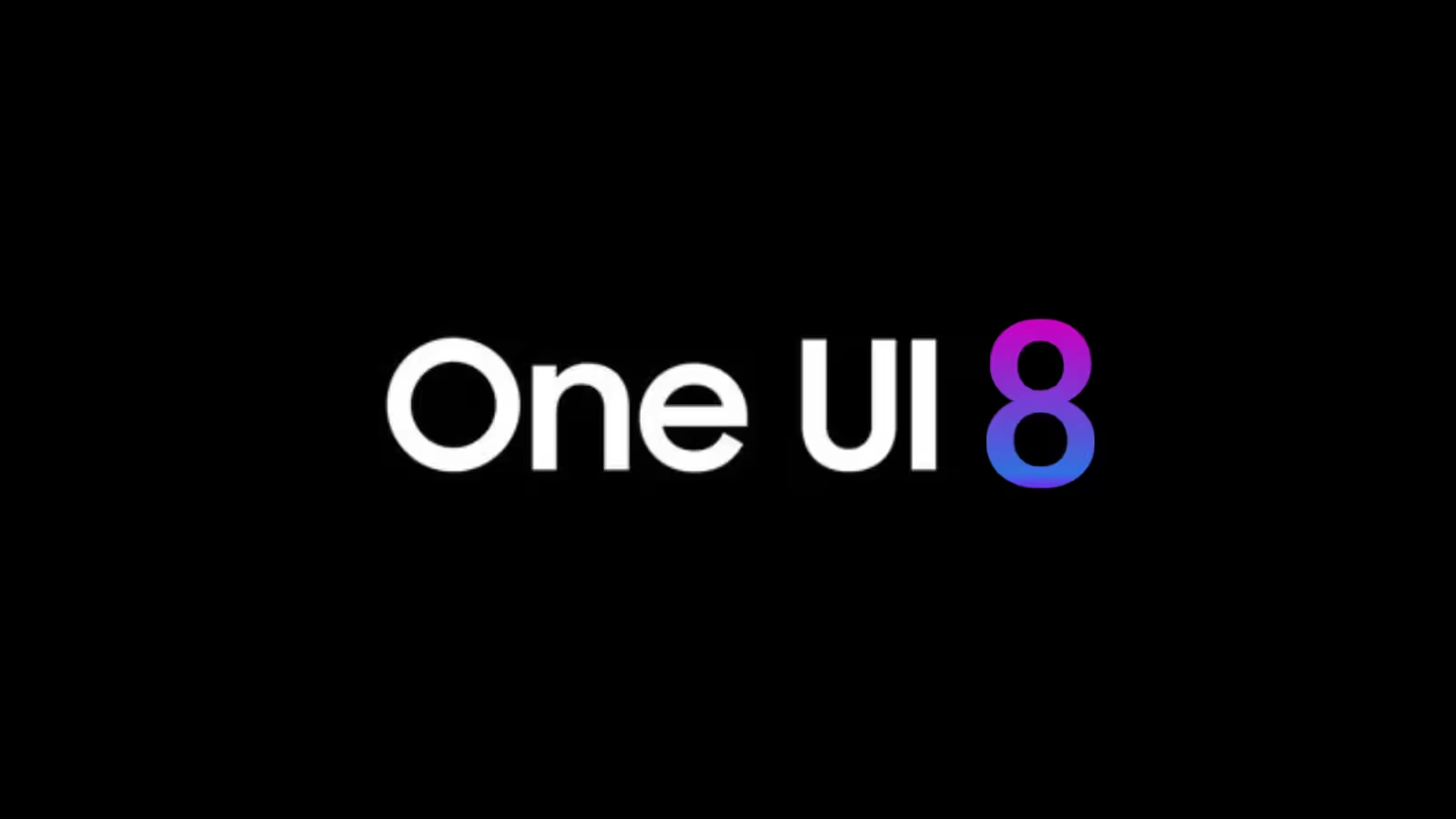6 Minutes
Samsung’s Update History: A Persistent Challenge
For every technology enthusiast who values rapid software updates, Samsung’s history with Android rollouts has often been a source of frustration. Traditionally, Samsung Galaxy owners—especially those using earlier models—have faced months-long waits for the latest Android versions after Google’s initial launch. Even when new features arrived on the cutting-edge Galaxy S lineup, loyal customers with older devices were frequently left waiting, raising concerns about the company’s commitment to long-term device support.
Revamping the Release Strategy: The Galaxy Z Series Steps Up
Samsung appears to be taking these criticisms to heart by reimagining its update release strategy. In a notable shift, the company may now debut major Android and One UI updates with the foldable Galaxy Z series, rather than the iconic Galaxy S flagship phones. Subsequently, the Galaxy S range will receive intermediate One UI X.5 updates, packed with new features, major redesigns, and performance improvements.
This strategic move is also a response to Google’s altered release cadence. With Google now launching Android’s newest versions, like Android 16, in June instead of the usual October, Samsung is positioning the Galaxy Z Fold 7, Z Flip 7, and Z Flip FE as the very first smartphones to ship with Android 16 and One UI 8 pre-installed. For Samsung, executing such a rapid launch—just a month after Android 16’s official debut—signals significant progress toward a quicker, more synchronized update cycle.
Why Timely Updates Matter in the Android Ecosystem
While new hardware releases are exciting, it’s crucial for brands to ensure existing devices receive timely and robust software support. Continuous software improvement ensures better security, longer device longevity, and an enhanced user experience—factors that are increasingly central in a competitive smartphone market.
The One UI 7 Rollout: A Cautionary Tale
Despite the promise of a new strategy, Samsung’s handling of the One UI 7 update underscores the challenges ahead. Based on Android 15, the update suffered significant delays that went largely unaddressed by the company.
Google officially launched Android 15 alongside the Pixel 9 in mid-October, and Samsung routinely follows this with its own beta release. However, for One UI 7, the first beta only reached the Galaxy S24 series in December 2024, already several months behind schedule. Initially, the beta phase progressed smoothly, and the Galaxy S25 series shipped with a stable version of One UI 7 in February.
However, after this momentary catch-up, communication faltered once again. Samsung stayed silent about updates for older devices for over a month. It wasn’t until March that they announced an April release date.
Unfortunately, when the rollout began, it was quickly put on hold due to an unexpected bug. By the time the One UI 7 update resumed, leaks about the upcoming One UI 8 had already started circulating—further eroding user confidence.
Apple’s Update Excellence: Setting the Standard
The contrast with Apple’s iOS ecosystem is stark. At WWDC each year, Apple unveils its next iOS version, and the company synchronizes its release with new iPhone hardware every September. When the iPhone 16 series premiered, all models shipped with iOS 18 from day one, while existing devices stretching back to 2018 became eligible for the iOS 18 update only days before the new phones hit the shelves.
It’s true that Apple has sometimes faced its own issues—such as the much-publicized Apple Intelligence rollout—but its consistency and predictability in delivering updates across its device range are unmatched. This seamless, transparent approach highlights what Android device-makers must aspire to, especially with Apple as their primary competitor in the premium smartphone market.
The Value of Timely Communication
Samsung’s usual justification for delays is its dependency on Google’s Android source code. However, as Samsung continues to tout its deep partnership with Google, this becomes harder to defend. Today’s mobile users expect not just updates, but clear communication about when and how their devices will evolve—a standard Apple has set and Samsung must meet to maintain customer trust.
Positive Signs: Samsung’s Update Policy Gets More Ambitious
It’s important to acknowledge the steps Samsung is taking to address these concerns. Recently, the brand has promised seven years of major Android OS updates for its major devices—outpacing almost every other Android manufacturer and signaling a major commitment to device longevity.
Reports from industry authorities suggest Samsung is also adopting a development framework similar to Google’s, which has helped Google streamline and accelerate its own Android updates. The first evidence of this is in the simultaneous launch of One UI 8 with the Galaxy Z Fold 7 and Z Flip 7. Still, there remains uncertainty and a lack of official word regarding when older Galaxy devices will be upgraded to Android 16. Current leaks suggest that the One UI 8 release for the Galaxy S25 is already in its third beta, indicating that a wider rollout could be imminent.
Transparency: The Missing Ingredient
For all the technical improvements, Samsung’s communication with its users remains an area needing urgent attention. News about update schedules and software changes are still most often confirmed by leaks and external analysts, rather than by Samsung itself. For loyal customers who have invested in the Galaxy ecosystem, this lack of direct communication only adds to uncertainty and disappointment.
To truly lead in the software update race, Samsung must take control of its narrative by being transparent about its update roadmap. Setting clear, public expectations isn’t just about avoiding criticism—it’s about building a relationship of trust with millions of global users.
Product Features and Use Cases: What Timely Updates Unlock
The promise of prompt software upgrades is about more than security patches. Each new version of One UI and Android brings cutting-edge features—be it AI-powered photo editing, improved privacy settings, next-level multitasking, or device-to-device integration across Samsung’s broader smart ecosystem.
For example, business professionals rely on updates for robust security and the latest productivity tools. Mobile creators and gamers benefit from performance boosts, camera improvements, and the newest forms of digital engagement. With Samsung’s diverse global user base, timely updates are not just a perk; they are essential for delivering full value from both hardware and software investments.
Market Relevance and the Road Ahead
In a landscape where device longevity and user experience are increasingly prioritized, software support remains a defining factor for consumers choosing between Android and iOS. Samsung’s move to provide extended Android support and faster rollout is a game-changer—if the company can deliver on these promises for both new and older devices.
Ultimately, while technical teams may have already ironed out the problems that plagued One UI 7, the onus is now on Samsung’s communications and marketing arms. Proactive engagement and candid software roadmaps will be key to convincing users that the One UI 7 missteps were an exception, not the norm.
Conclusion: Can Samsung Regain User Trust?
Samsung has the potential to turn its legacy of delayed updates into a competitive advantage—by marrying industry-leading device support with transparent, timely communication. As they look to assert their position in the evolving Android landscape, it’s time for the company to back up its technical progress with clear messaging and a user-first approach.
We hope that this pivotal moment signals the start of a new chapter for Samsung’s software update policy—one that delivers not just on hardware innovation but on long-term consumer satisfaction, security, and value.
Source: phonearena



Comments